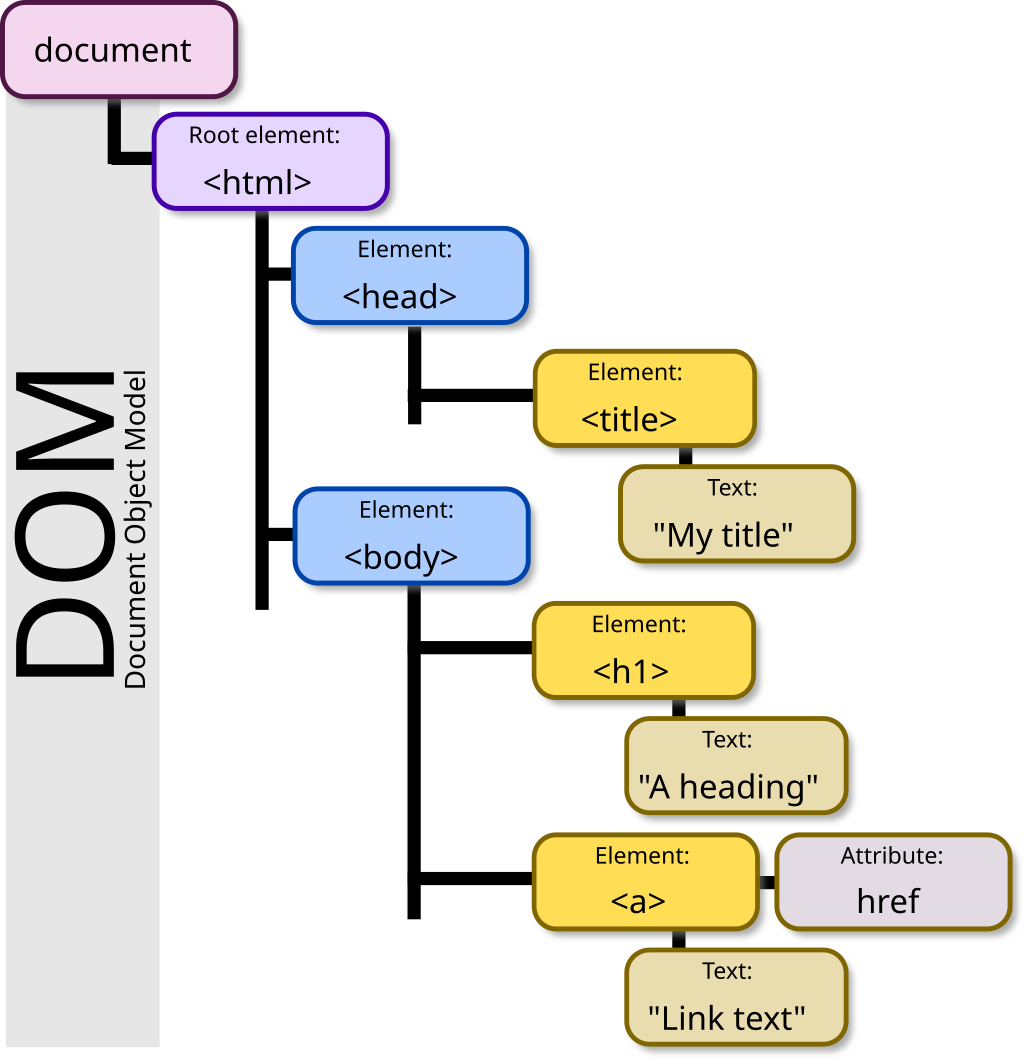You know what I'm talking about, those silly e-mail footers that read something like:
P Please consider the environment before printing this email
I did some back of the napkin analysis on these silly buggers:
P Please consider the environment before printing this email
I did some back of the napkin analysis on these silly buggers:
| Data | Quantity | Notes | Source | |
| Emails Per Day | 40 | Emails/Day | https://review42.com/how-many-emails-are-sent-per-day/ | |
| Length of Please Consider text | 64 | Bytes | Assumes UTF-8 encoded text | |
| Working Days Per Year | 200 | Days/Year | ||
| Emails Per Year | 8000 | Emails/Year | ||
| Extra bytes sent per year | 512000 | Email bytes/Year | ||
| Transmission Cost | 9.31E-07 | Wh/Byte | Adjusted downwards for a decade of efficiency improvements, units converted to Wh | https://onlinelibrary.wiley.com/doi/full/10.1111/jiec.12630 |
| Storage Cost | 2.78E-11 | Wh/Byte | Units converted to Wh | http://large.stanford.edu/courses/2018/ph240/jiang2/ |
| Total Energy/Year | 0.477 | Wh/Year | ||
| Paper | 0.032 | Wh/Page | Assumes an average size of an e-mail is ~ 1 page, and that the energy costs for 20lb paper are larger enough than that of paper used in journal production to make up the difference. | https://scholarlykitchen.sspnet.org/2012/01/19/the-hidden-expense-of-energy-costs-print-is-costly-online-isnt-free/ |
| Break-even point | 14.9 | Emails Not-Printed | ||
| 0.2% | ||||
| Grams of Carbon/Wh | 0.2252252 | g/Wh | ||
| Carbon Weight | 0.107399 | g |
It turns out, that the carbon cost in sending these works about to about 0.1g / year for a person sending 40 emails a day for a working year of 200 days (8000 e-mails). Oh, and if you use Outlook, and it sends multi-part mime because you prettify your e-mails, then double it. In order for this to balance the energy cost (w/o the doubling), it has to prevent someone from printing about 15 emails. Considering that I've not printed a single e-mail for more than a decade, and almost all of my colleagues operate in a similar fashion, it seems unlikely that it would even have this efficacy.
It's stupid, it's not really saving the world, and it's just more stuff to not read. So, as I say, eco-theater.
Keith




